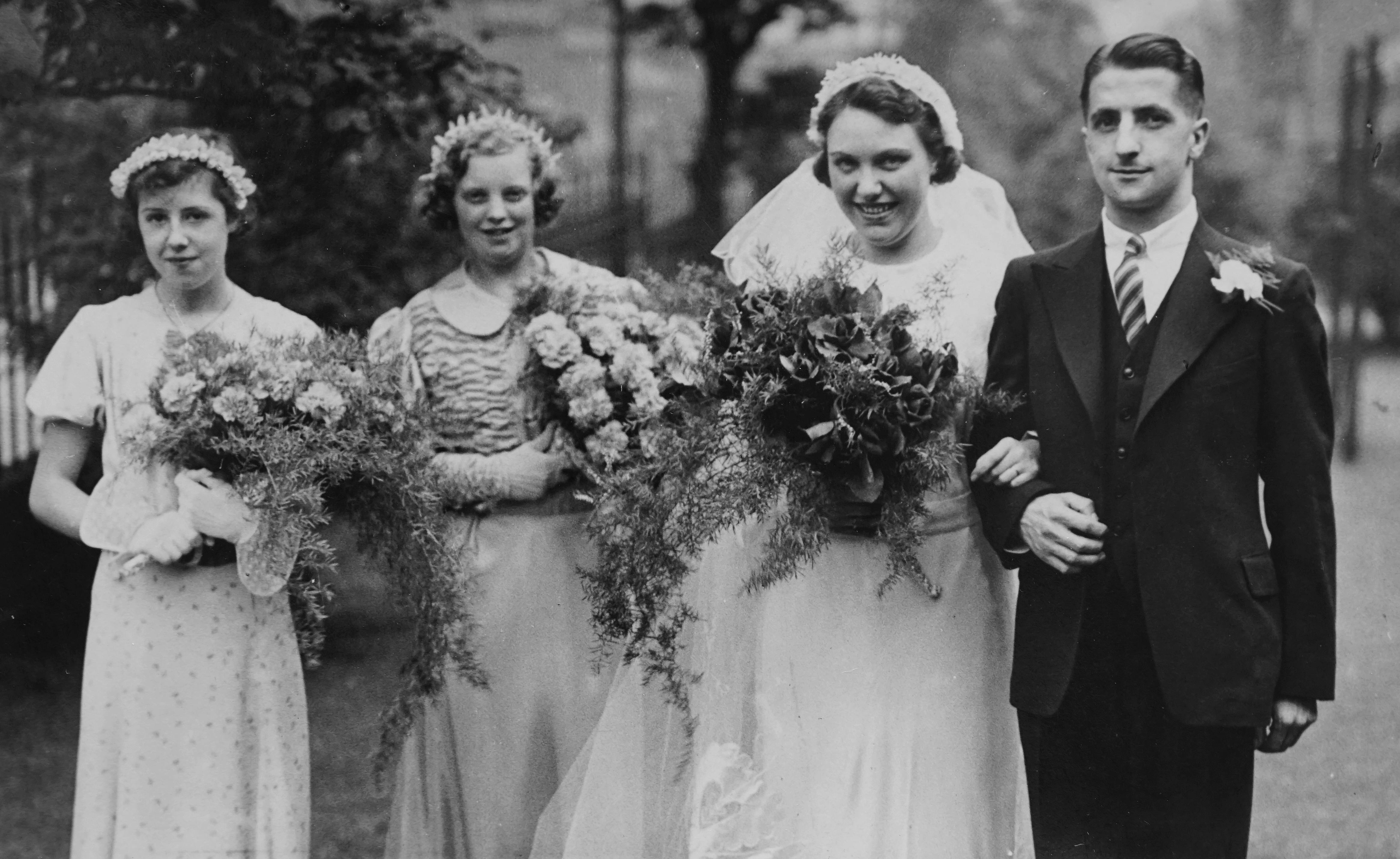People in Europe are renowned for their beauty, excellent personalities, behaviour, and knowledge. Sadly, despite these traits, they continue to be exposed to hazardous stereotypes that harm both the males who see them and themselves. The most common notion is that they are seen as ore miners. This is related to the classic male-female responsibilities in postsocialist nations, where men are in charge of ensuring financial security and women are generally concerned with their families and children. This discriminatory notion suggests that women lack the resources or capacity to make independent decisions or accept responsibility for their own lifestyle, which can make them feel inferior and contingent on their partners.

As a result, the stereotype of Continental people as metallic diggers is not only unpleasant, but it can also have negative effects on their physical and psychological health in the real world. However, this kind of profiling still thrives in the advertising despite having its roots in long-standing prejudices. The portrayal of northeast European girls as gold prospectors is all too common, whether in videos, Tv shows, or cultural advertising.
An excellent illustration of how Eastern Europeans are portrayed on American broadcast is the renowned Borat brand. The movie, which stars a fresh artist named Melania Bakalova in the name role, represents almost all of the unfavorable stereotypes about local women. Bakalova https://womenandtravel.net/polish-girls/ is portrayed as a local helper with no aspirations other than her connection with the powerful person, and she is frequently observed vying for attention and money from the people in her immediate vicinity.
These stereotypes of women from eastern Europe as metallic miners are not only hazardous to them, but they can also have an impact on how other people view the area. Professor of English and American studies at Arizona state university Claudia Sadowski-smith claims that these representations gained popularity in the 2000s as a” stand-in” for depictions of West Asians. She tells Emerging Europe that it’s less” contentious” to make fun of and myth Eastern Europeans than it is to reflect a more contentious group like West Asians.
Although it is clear that Mt’s character in the film does not represent real ladies from the area, her natural attributes do meet western beauty standards. She resembles famous people like Beyonce or Paris Hilton in terms of the necklaces, hair, and custom clothing she wears, which reinforces her reputation as a deep, attention-seeking Barbie figurine.
The othering of European people is a result of racist and class-related vocational designs as well as their brightness. The othering of eastern European women occurs at the intersection of sexualization and class-occupational constructions, according to scholars like Williams ( 2012 ), Parvulescu ( 2014 ), Glajar and Radulescu ( 2004 ), and Tuszynska ( 2004 ). They are seen as different from and superior to the norm as a result of their dehumanization. As a result, they are easier to othere than females from another racial organizations. Additionally, their othering is related to their status as previously wealthy newcomers and their social standing.
